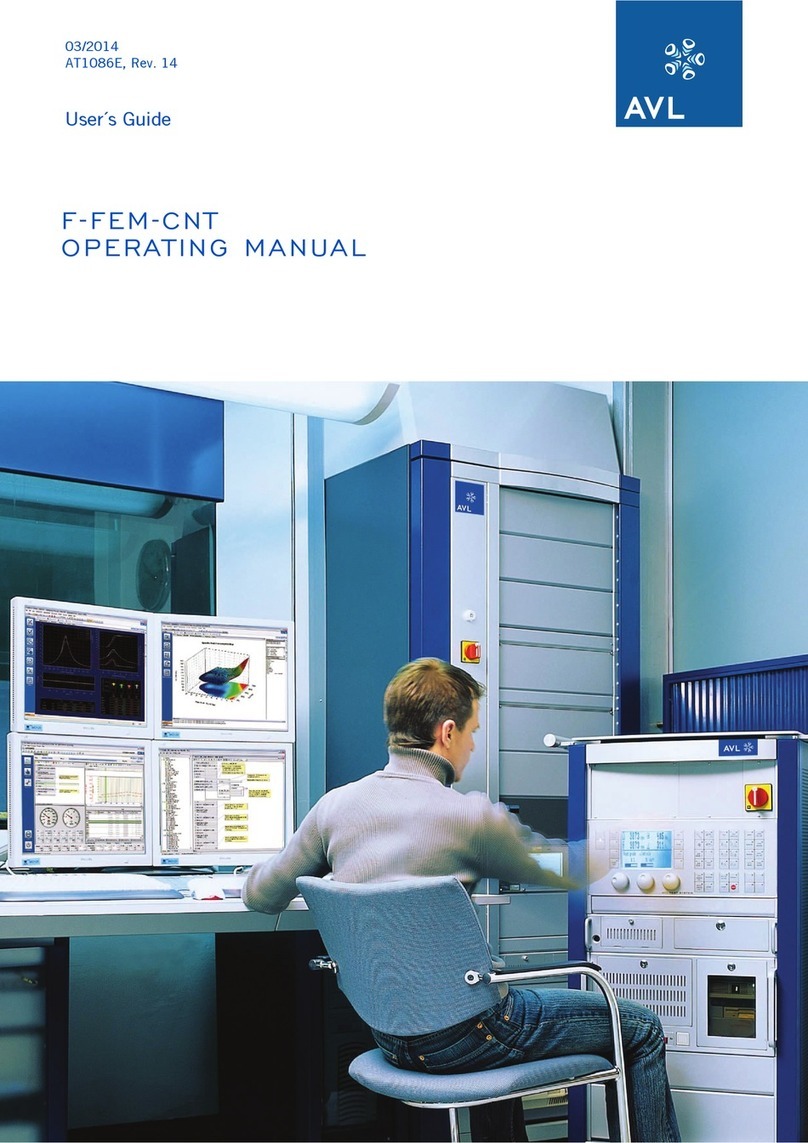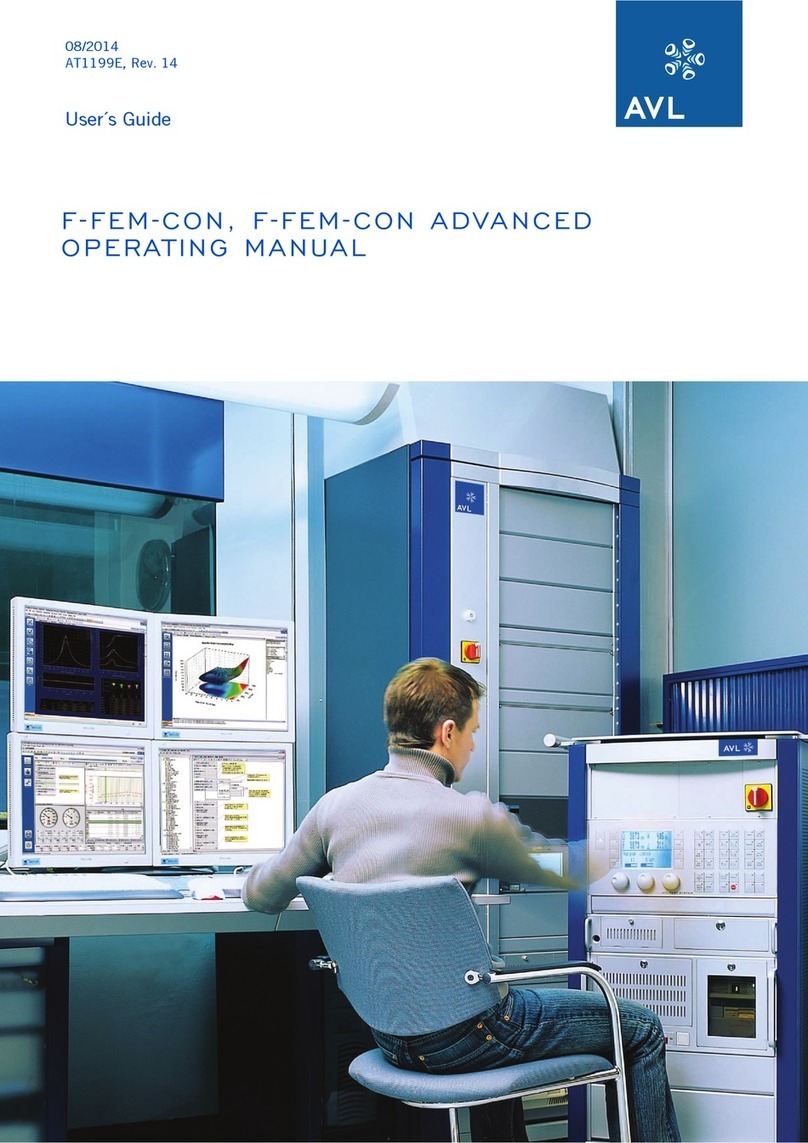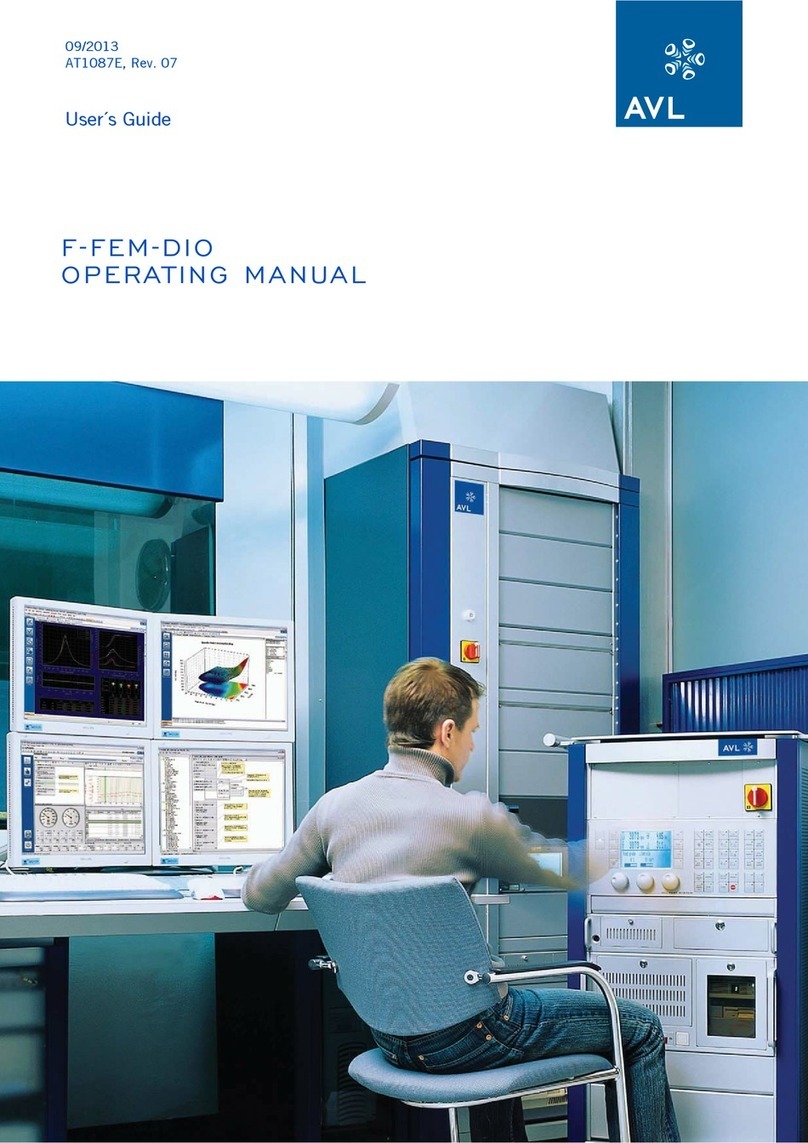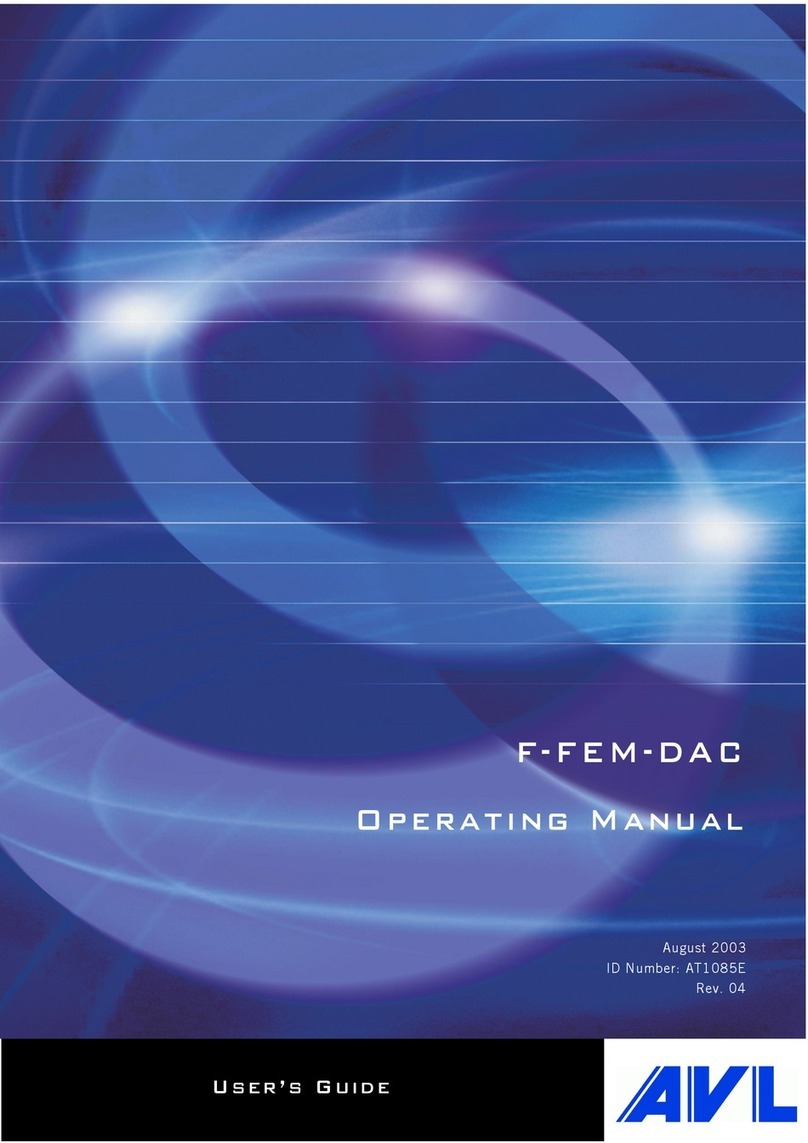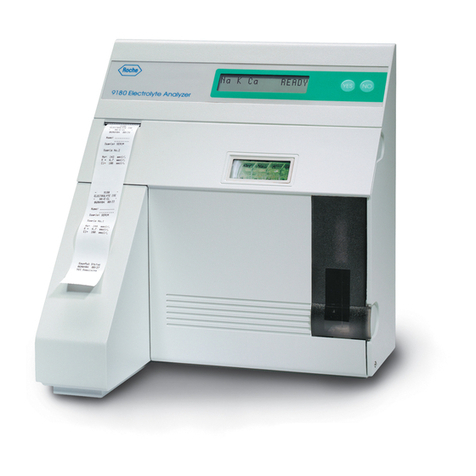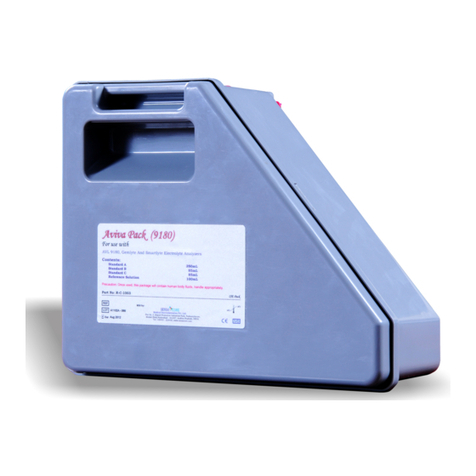
Table of Contents
8
F-FEM-DDC — User’s Guide
4 Operation.......................................................................................................................... 31
4.1 Analog Outputs....................................................................................................................... 31
4.1.1 Block Diagram...................................................................................................................32
4.1.2 Specification......................................................................................................................33
4.1.2.1 Voltage Output ..................................................................................................33
4.1.2.2 Current Output ..................................................................................................33
4.1.2.3 Analog Outputs, General...................................................................................34
4.2 Digital Inputs........................................................................................................................... 35
4.2.1 Block Diagram...................................................................................................................35
4.2.2 Specification......................................................................................................................36
4.3 Counter Inputs ........................................................................................................................ 36
4.3.1 Block diagram ...................................................................................................................37
4.3.2 Spikefilter ..........................................................................................................................38
4.3.3 Specification......................................................................................................................39
4.3.4 Accuracy ...........................................................................................................................40
4.3.4.1 General about the evaluation of counter signals...............................................40
4.3.5 Parameterization ...............................................................................................................41
4.3.5.1 Mapping between input Channel, Counter and Track.......................................41
4.4 Digital Outputs Relay.............................................................................................................. 42
4.4.1 Block Diagram...................................................................................................................43
4.4.2 Specification......................................................................................................................44
4.5 Digital Outputs Transistor ....................................................................................................... 44
4.5.1 Block Diagram...................................................................................................................45
4.5.2 Specification......................................................................................................................46
4.6 Frequency Outputs ................................................................................................................. 46
4.6.1 Signal Type: Freq..............................................................................................................47
4.6.2 Signal Type: PWM ............................................................................................................47
4.6.3 Specification......................................................................................................................47
4.7 Aging and Calibration ............................................................................................................. 48
4.7.1 General .............................................................................................................................48
4.7.2 Procedure..........................................................................................................................48
4.8 Pin Assignment....................................................................................................................... 49
4.8.1 Locations of Plug Connections..........................................................................................49
4.8.1.1 Front View .........................................................................................................49
4.8.1.2 Back View .........................................................................................................49
4.8.2 Analog Outputs X1... X8....................................................................................................50
4.8.3 Digital Inputs X41 ...X44....................................................................................................51
4.8.4 Digital Outputs Relay X51, X52.........................................................................................52
4.8.5 Digital Outputs Transistor X53, X54..................................................................................53
4.8.6 Power Supply X17, X18 ....................................................................................................54
4.8.7 IEEE1394 X19, X20, X21..................................................................................................54
4.8.8 JTAG X22..........................................................................................................................55
5 Options ............................................................................................................................. 57
5.1 15 pin D-SUB plug for DIO ..................................................................................................... 57
5.2 D-SUB Connector with screw terminals ................................................................................. 58












